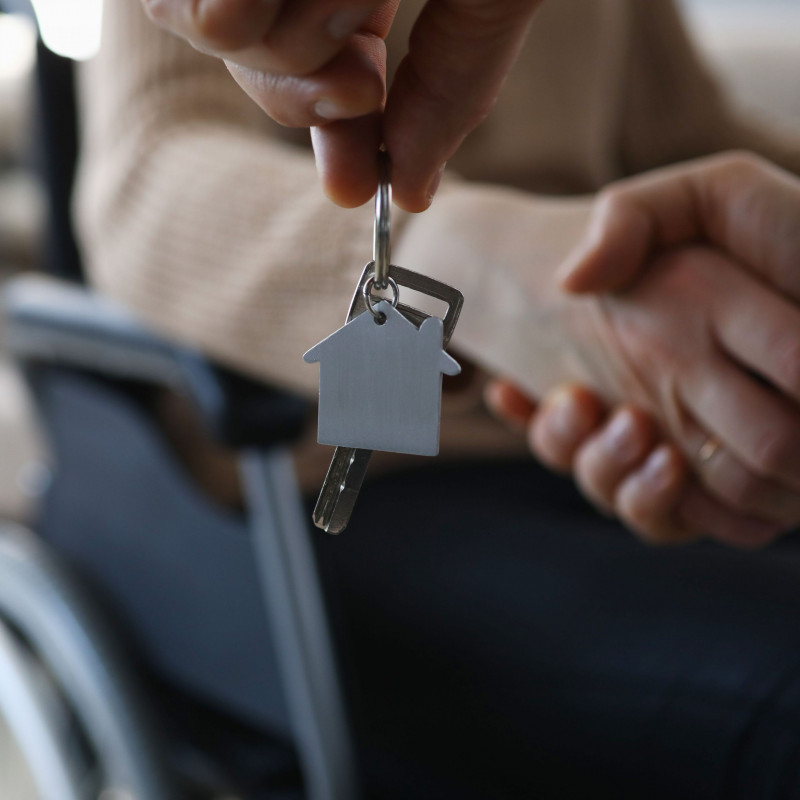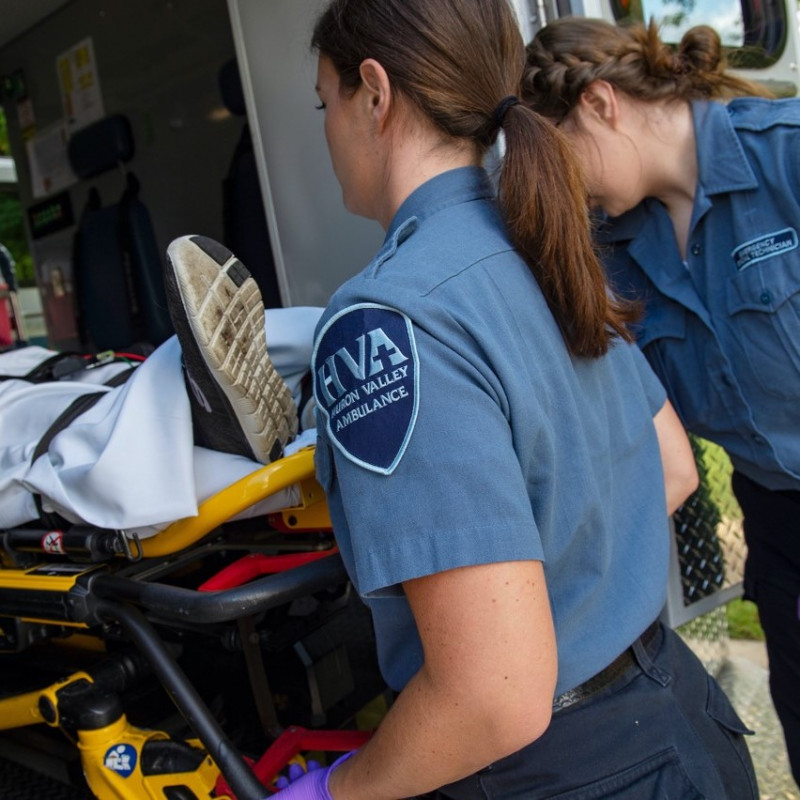
The value of community health workers in extending the behavioral health workforce
Prior studies suggest that Community Health Workers (CHWs) add significant value in healthcare settings. CHWs can improve physical health outcomes and lower health care costs for their patients, but there is limited research on the roles CHWs fill in behavioral health care. Trusted frontline health workers, CHWs often live in or come from the communities they serve. Importantly, they support hard-to-engage …
Read more >
Housing crisis is magnified for people with physical disabilities. Here’s how we can help.
The U.S. housing crisis is worse for people with physical disabilities for two reasons. First, affordable housing is a challenge because people with physical disabilities are twice as likely to be low income. Second, accessibility is a challenge because significant and costly renovations are often required for people with physical disabilities. Those with physical disabilities are disproportionately impacted by the …
Read more >
Funding community paramedicine is an ongoing challenge, in spite of value and savings
Community paramedicine (CP) programs fill significant treatment gaps between primary care providers and emergency care providers. First, CP programs treat clients in the most appropriate settings. Second, CP programs divert patients from emergency departments when appropriate. Finally, CP programs connect clients with needed social services. But funding community paramedicine is an ongoing challenge. For patients, CP programs offer convenient treatment. …
Read more >
Physicians screen patients for social needs: what happens next? Survey, analysis, and policy recommendations
Increasingly, physicians are screening patients for social needs then connecting patients to local organizations that can provide the required services. In Michigan, the U.S. Centers for Medicare & Medicaid Services provided funding to policymakers to launch new projects and partnerships to encourage physicians to screen for social needs like food and housing insecurity. The state also supported pilots that connected …
Read more >
A look back at the journey of the Vital Seniors Initiative—and where it’s heading next
Washtenaw County seniors are a rapidly growing population, expected to more than double by 2040. And many face everyday challenges—such as social isolation, food insecurity, and transportation. In 2018, the Vital Seniors Initiative, managed by the Ann Arbor Area Community Foundation (AAACF) and funded by the Glacier Hills Legacy Fund, was developed to address these challenges. Four local organizations received …
Read more >
Here’s the current state of programs supporting Michigan’s 1.7 million caregivers
Like most of the United States, Michigan’s population is aging. Accordingly, the number of unpaid family and informal caregivers—those who support others with tasks related to daily living, such as transportation, feeding, and bathing—has increased substantially over the last three decades. The AARP Public Policy Institute estimated the economic value of unpaid caregiving at $470 billion in 2017. For reference, …
Read more >
Family caregiver support: learn about policy and programmatic solutions developed by state and federal agencies
More than 43 million U.S. adults, 13 percent of Americans, provide unpaid care to family members or friends. These family caregivers administer medical care, run errands, provide transportation, manage finances, and help with household chores, among other activities. Family caregivers, despite the lack of reimbursement for their efforts, are a significant component of the nation’s long-term care system. In fact, …
Read more >